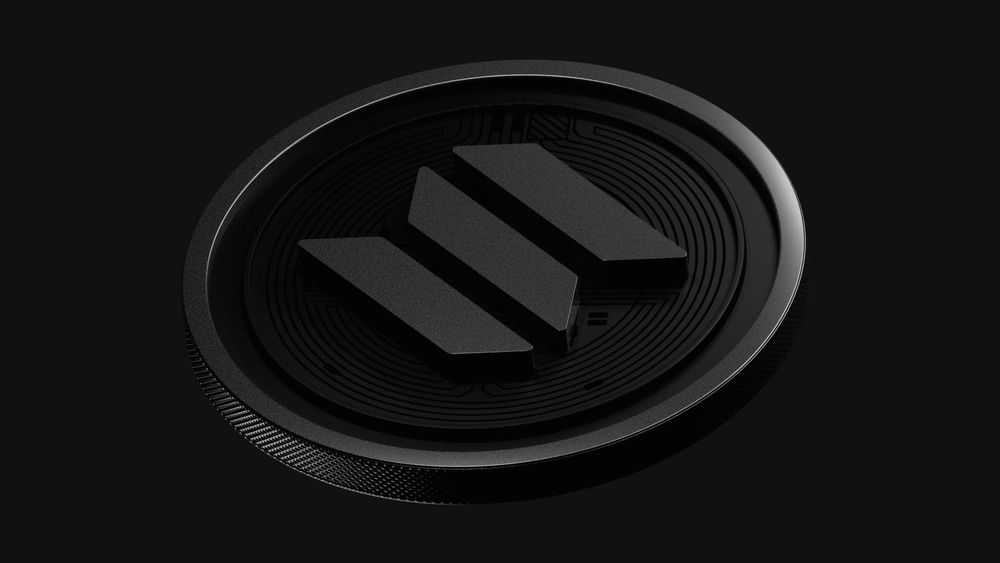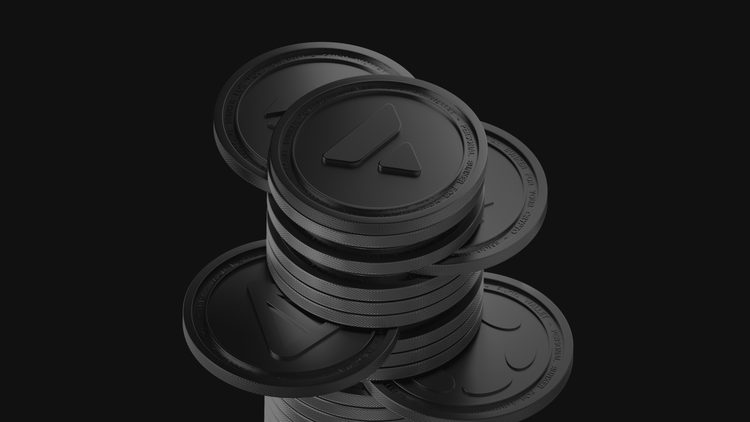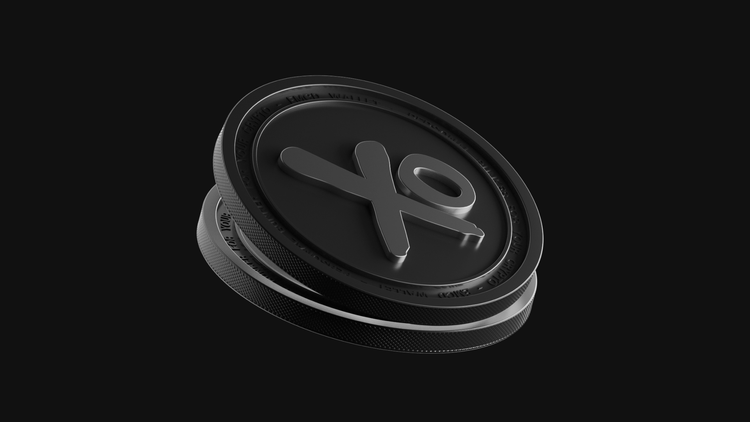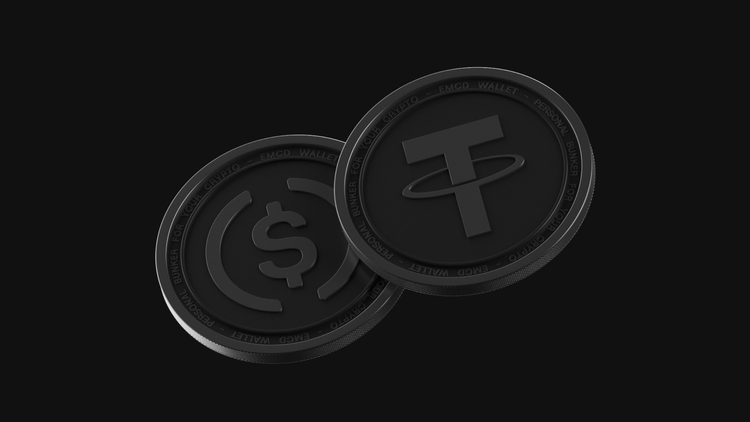Solana Network: The Blockchain Built to Outpace Ethereum

Even today, crypto newcomers and enthusiasts still battle the same issues: sluggish networks, transaction delays, and fees that sneak up on you. It gets even worse during token launches or urgent transfers. Transactions drag on for minutes, networks freeze at the worst possible moment, and fees skyrocket with every click.
Solana changed the game. It’s built differently: a blockchain that prioritizes speed, not just buzzwords. Lightning-fast throughput, microsecond-level latency, and rock-solid stability under pressure make it stand out.
Solana quickly rose to the top as a go-to platform for DeFi, NFTs, and Web3 projects. Behind this success are bold technical innovations that most competitors simply don’t have.
In this article, you’ll discover how Solana works, what makes it so unique, the SOL token role, where fees are lowest, and why wallets supporting Solana are gaining so much traction.
Solana Basics: Vision, Mission and the Tech That Powers It
Solana is a high-performance blockchain built for scalable decentralized applications.
Its core goal is to eliminate the weak points of other blockchains. Scalability is the top priority. The network is designed to process thousands of transactions per second while keeping fees so low they’re barely noticeable.
Solana’s mission is to provide developers and users with fast, simple, and direct tools that don’t rely on intermediaries. To make that happen, the team combined innovative networking protocols with a fresh approach to data synchronization.
Instead of overcomplicating things, the Solana network focuses on pure optimization and raw performance. The result is a foundation for powerful Web3 apps that run smoothly straight from a browser or crypto wallet.
Network Architecture: Core Components and How Solana Works
Solana’s technical architecture is engineered for speed, synchronization, and efficiency. At the heart of it is an innovative stack where each piece serves a clear purpose:
- Proof of History (PoH). A unique timekeeping mechanism that timestamps events, ensuring every action happens in the right order
- Tower BFT. A lightweight consensus algorithm that speeds up transaction validation without compromising security
- Turbine. A fast data propagation protocol that breaks blocks into smaller packets for quicker distribution
- Sealevel. A parallel smart contract execution engine that lets thousands of contracts run at the same time
- Gulf Stream. A forward-looking transaction routing system that slashes latency by pushing transactions to validators early
These modules work in sync to reduce network load and boost reliability. This architecture makes Solana one of the most flexible blockchains available, capable of handling massive demand without strain.
Proof of History: The Innovation Behind Solana’s Performance
At the core of Solana’s speed is a breakthrough called Proof of History (PoH). It’s a unique algorithm that proves events happened in a specific order, without needing every node to confirm each step in real time.
Think of it as a built-in cryptographic clock for the entire network. Every action gets a timestamp that can’t be faked, creating a verifiable timeline of events.
This lets Solana:
- Process transactions in parallel instead of one by one
- Stay stable even under heavy load
PoH works alongside consensus, not instead of it, enhancing speed, synchronization, and trust. By removing delays in time coordination, it boosts throughput, reduces fees, and maintains blockchain security without slowing things down.
Performance and Scalability: Real Numbers and How Solana Stacks Up
Solana stands out for its high throughput, powered by an innovative architecture and the Proof of History algorithm. In real-world conditions, the network handles several hundred to a few thousand user transactions per second, while total throughput, including system-level operations, can reach tens of thousands of transactions per second.
Even under heavy traffic, fees stay extremely low, often under a fraction of a cent. During rare peak loads, they might temporarily rise above $0.01, but that’s still far below what most other chains charge.
Here’s how Solana compares to other major blockchains:
| Network | Transactions Per Second (TPS) | Average Fee | Block Time |
| Solana | ~1000 | <$0.001 | ~400 ms |
| Ethereum | ~30 | $1–20 | ~12 sec |
| BNB Chain | ~30 | <$0.10 | ~3 sec |
| Polygon | ~7000 | <$0.01 | ~2 sec |
While Polygon leads in raw TPS due to its sidechain model, Solana offers a unique blend of speed, low fees, and near-instant finality on a single layer with no rollups or extra chains needed.
The SOL Token: Powering the Solana Ecosystem
Beyond being a digital asset, SOL is the core engine behind everything Solana does. Every transaction, smart contract interaction, and network operation runs on SOL.
Its main role is to cover transaction fees, which stay impressively low even when the network is under heavy load. That means you can interact with apps, mint NFTs, or send funds without worrying about high costs.
SOL also plays a key role in:
- Staking. You can lock up SOL to help secure the blockchain and earn rewards
- Governance. Token holders can vote on network upgrades and key proposals
- Liquidity. SOL is widely used across DeFi protocols, staking pools, and liquidity farms
The token is supported by a broad range of wallets, including EMCD Wallet, making it easy to store and use. And since it’s integrated into nearly every major Solana-based platform, SOL is your all-access pass to the ecosystem.
Solana Ecosystem: DeFi Protocols, NFT Platforms, and Scalable Infrastructure
More than fast, Solana is where some of the most exciting projects in crypto are being built. From lightning-fast DEXs to cutting-edge NFT platforms and powerful infrastructure tools, the network is built to scale.
Here’s what’s already thriving:
DeFi protocols. Jupiter, Orca, Drift, Marinade Finance, Jito, and MarginFi offer seamless swaps, staking, and margin trading, all without intermediaries
- NFT platforms. Tensor, Magic Eden, and Solanart deliver instant mints, low fees, and near-instant UI updates
- Infrastructure. RPC nodes, indexers, cross-chain bridges, user-friendly wallets — everything you need to build and scale Web3 apps
All these components run on a unified Solana network, where dApps communicate instantly and without bottlenecks. With near-zero fees and frictionless UX, Solana is a go-to ecosystem for both developers and everyday users, even for microtransactions.
Solana’s Strengths, Challenges, and What’s Ahead
Solana stands out for a reason — it’s built for performance and trusted by millions. Here’s what makes it shine:
- High-speed performance — theoretically up to 65 000 transactions per second, though real user activity is significantly lower in practice
- Low fees — typically under $0.001 during normal network load. In peak periods, fees may temporarily rise but still remain significantly lower than on most competing blockchains
- User-friendly wallets — quick setup, seamless Web3 access
- Scalable architecture — performance stays sharp as demand grows
Of course, no tech is flawless. Solana has faced occasional outages during major updates or network surges. These hiccups have drawn attention, especially from developers building large-scale dApps. Fortunately, the core team responds rapidly, and Solana’s stability has seen major improvements since 2020.
SOL is now available in the EMCD pool, unlocking new staking opportunities. You can connect directly, skip the middlemen, and start earning efficiently. Just choose SOL, join the pool, and launch with a compatible wallet.
Solana is more than a high-speed chain. It’s a resilient platform shaping the future of Web3 with every new block and every new user.
FAQ
What gives Solana a technical edge over other blockchains?
Solana processes transactions in parallel, using a tightly integrated stack of modules. This parallelism boosts throughput as long as there are no state conflicts, enabling ultra-fast execution and minimal fees.
How does Proof of History work, and what problem does it solve?
Proof of History (PoH) generates cryptographic timestamps that order events without waiting for new blocks. This removes network delays and dramatically increases throughput.
What is the real-world TPS (transactions per second) for Solana?
In typical conditions, Solana consistently handles between 400 and 1 000 TPS, with near-instant finality.
What are the main use cases for the SOL token?
SOL powers the entire network. It’s used for transaction fees, staking rewards, governance votes, and as a core asset in DeFi and NFT apps.
Which major projects are being built in the Solana ecosystem?
Top players in the Solana ecosystem include Jupiter — DEX aggregator with lightning-fast swaps; Magic Eden — one of the biggest NFT marketplaces; Helium — decentralized wireless infrastructure; Marinade — liquid staking protocol. These projects thrive thanks to Solana’s high speed and low costs.
What risks or technical limitations does Solana face?
Solana experienced full network outages, including major downtimes in 2022 and 2023. While these raised concerns, the development team has since implemented major updates to improve network resilience and reduce downtime risk.




